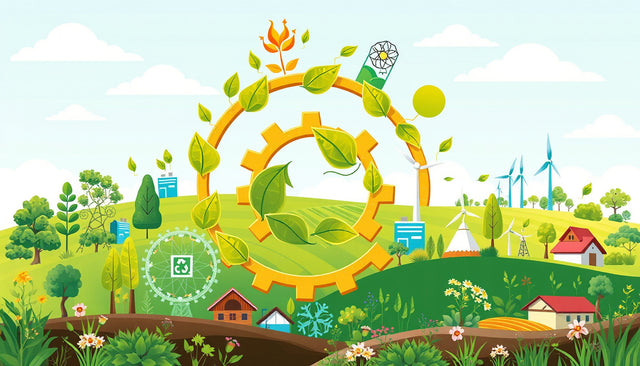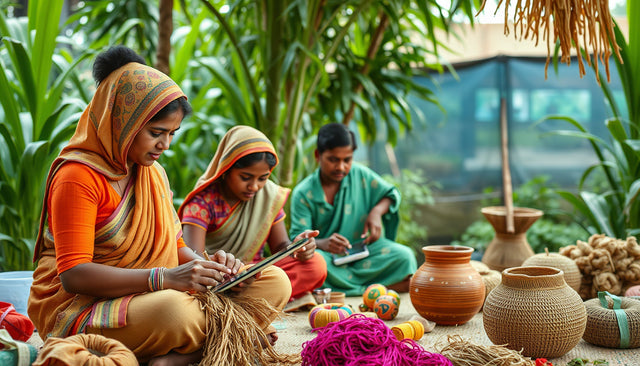A Better Way to Market Sustainable Products: Insights from NYU Stern and PwC
Consumers now choose sustainable products. This rise creates both chance and risk for companies in the consumer packaged goods (CPG) field. Shoppers want green items, and brands must show clear plans, honest words, and a grasp of what customers need.
Business Case for Sustainability in Consumer Products
Research from NYU Stern’s Center for Sustainable Business (CSB) and PwC shows strong market numbers for sustainable goods:
- Growth: From 2019 to 2024, products marked as sustainable grew by 12.3% each year. This rate was more than double the growth of regular products.
- Market Share: In 2024, these products made up 23.8% of total CPG sales in 36 categories. They represent about 40% of the market.
- Price Premiums: Shoppers are willing to pay nearly 10% more for sustainable items. In some areas, real price bumps reached 26.6%, over 100% in paper products, and about 50% for coffee, cereal, and chocolate.
Targeting the Right Customer Segments
Some groups prefer sustainable products more. They include:
- Millennials
- College-educated shoppers
- Urban residents
- High-income earners
Even in dairy, all age groups buy sustainable products. Brands should find and focus on these groups.
Crafting Effective Sustainability Messaging
Marketing sustainability is like making a hit song. Each part must work well with the other. Key points are:
- Core Product Attributes: Words that tie green benefits to what the product does best work best. For example, connect sustainability with “rich chocolate taste” or a “clean, fresh scent.”
- Layered Messaging: One or two claims of sustainability, combined with core qualities, lift appeal by 30 percentage points.
- Category-Specific Claims: When a claim fits well with a product (like “made with sustainable ingredients good for your skin” in skincare), trust grows.
Prioritizing Credible and Valued Claims
Not all green claims hit the mark. Strong claims stress benefits that matter. They include:
- Protecting human health by avoiding harmful ingredients
- Reducing costs
- Helping local farms and food systems
- Supporting children and future generations
- Caring for animals
- Sourcing from local or sustainable origins
Other claims, such as biodegradability, climate neutrality, traceability, or certification seals, do less, even if they help with rules.
Ensuring Precision and Evidential Support
Brands must back their green claims with facts. They should:
- Skip vague words like “clean” or “natural,” especially for children’s or skin products.
- Watch changes in laws like the EU’s Corporate Sustainability Reporting Directive, Due Diligence Directive, and the proposed Green Claims Directive.
- Use scientific proof, industry standards, and full value chain checks for their claims.
This focus on traceability and rules protects a brand and prepares it for long-term success.
Author Profiles
- Tensie Whelan: Distinguished Professor of Practice at NYU Stern and Founding Director of the NYU Stern Center for Sustainable Business.
- David Linich: Principal at PwC US, expert in decarbonization and sustainable operations.
This research shares clear steps for marketing leaders. It shows how to use sustainability as a way to grow, engage customers, and set a brand apart in a market that values care and truth.
Design Delight Studio curates high-impact, authoritative insights into sustainable and organic product trends, helping conscious consumers and innovative brands stay ahead in a fast-evolving green economy.






















0 comentarios